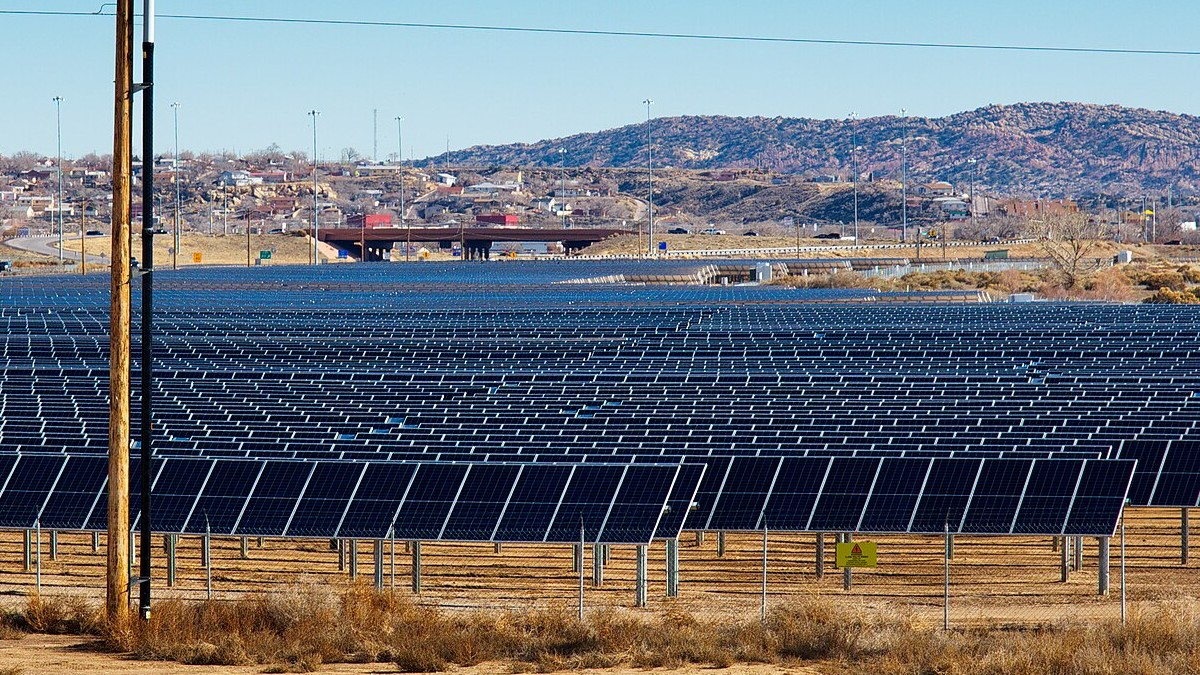
With solar leading the way, renewables could meet almost half of global electricity demand by the end of this decade, says a new IEA report.
The International Energy Agency (IEA) just released its “Renewables 2024” report, which projects that by the end of this decade, global renewable energy capacity is set to grow by more than 5,500 gigawatts (GW).
To put that in perspective, that’s about as much power capacity as the current combined total of China, the EU, India, and the US.
From 2024 to 2030, new renewable installations are expected to be nearly three times higher than what we saw between 2017 and 2023. China is leading the way and will be responsible for almost 60% of all new renewables added in that time frame, meaning it will account for nearly half of the world’s renewable power capacity by 2030. Meanwhile, India is seeing the fastest growth among major economies.
Solar is the biggest driver of this surge, with solar PV expected to make up 80% of the new renewable capacity. This is thanks to the ongoing construction of large solar power plants and more rooftop solar being installed by homeowners and businesses. Wind is also set for a strong rebound, doubling its growth rate between now and 2030 compared to the previous seven years. Right now, wind and solar are already the cheapest ways to generate new electricity in almost every country.
This rapid growth means nearly 70 countries – representing 80% of global renewable power capacity – are on track to meet or even exceed their current renewable energy goals for 2030. While the world is set to add an impressive amount of renewable capacity by 2030, it may still fall slightly short of the goal set at COP28 to triple capacity by then. But the IEA says that meeting this goal is doable if governments make bold commitments, enhance international cooperation, and address high financing costs, especially in high-potential regions like Africa and Southeast Asia.
IEA Executive Director Fatih Birol highlighted that renewables are expanding faster than many governments can even set new targets. He emphasized that it’s not just about emissions reductions or energy security – it’s because renewables are simply the cheapest option for new power generation in most countries. “By 2030, we expect renewables to be meeting half of global electricity demand,” Birol said.

The IEA report warns, however, that governments will need to step up efforts to integrate solar and wind into power grids. Some countries are seeing renewable power generation curtailed – or not even used – at rates of up to 10%. To fix this, countries will need to boost power system flexibility, streamline permitting processes, and build or modernize electric grids and reach 1,500 GW of storage capacity by 2030.
The report also looks at renewable manufacturing, especially for solar. Global solar manufacturing capacity is expected to exceed 1,100 GW by the end of 2024, far outpacing demand. This oversupply, mainly coming from China, has driven down solar module prices but also put financial pressure on manufacturers. Meanwhile, solar manufacturing capacity is expected to triple in both India and the US by 2030, helping to diversify the global supply chain – though costs remain significantly higher outside of China.
The big takeaway? Renewables are expanding faster than many anticipated, thanks to supportive policies and improving economics. But to fully harness the potential of solar, wind, and other renewable energy technologies, governments will need to work together to overcome the financial and infrastructure challenges that still stand in the way.
Dave Jones, independent energy think tank Ember‘s director of global insights, said: “Policymakers are embracing solar and wind like never before, but they are still two steps behind the reality on the ground. The market can deliver on renewables, and now governments need to prioritize investing in storage, grids, and other forms of clean flexibility to enable this transformation. The next half decade is going to be one heck of a ride.”
Read more: Prices fall for residential solar, demand is up for battery storage – EnergySage
